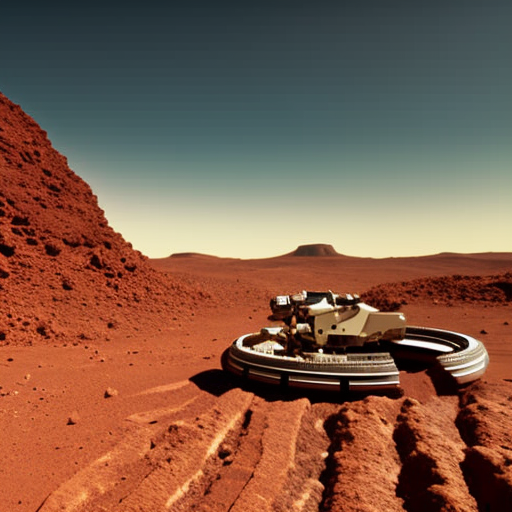Summary:
Space elevators are a proposed method of space transportation that could revolutionize the way we access space. They involve a long cable extending from the surface of the Earth to a station in geostationary orbit, allowing for the transportation of payloads and humans into space using electrically powered vehicles. While the concept of space elevators is still in the realm of science fiction, ongoing research and advancements in materials science are bringing us closer to making this idea a reality.
Introduction
Space elevators are a concept that has been discussed for decades as a potential solution to the high costs and limitations of traditional rocket-based space launches. The idea was first proposed by Russian scientist Konstantin Tsiolkovsky in 1895 and gained further attention in the 1960s with the publication of Arthur C. Clarke’s novel “The Fountains of Paradise.” Since then, scientists and engineers have been exploring the feasibility of building a space elevator.
Design and Components
A space elevator consists of several key components. The main element is a cable made of a strong and lightweight material, such as carbon nanotubes or graphene. This cable would extend from a base station on Earth to a counterweight in geostationary orbit, approximately 36,000 kilometers above the Earth’s surface. The counterweight would keep the cable taut and stationary relative to the Earth’s rotation.
At the base station, there would be a platform for launching and receiving payloads and vehicles. These vehicles, known as climbers, would travel along the cable using electrically powered motors. The climbers would be equipped with propulsion systems to overcome the Earth’s gravity and reach orbital velocities. Once in space, the climbers could release their payloads or dock with a space station.
Advantages and Challenges
Space elevators offer several advantages over traditional rocket-based launches. They would significantly reduce the cost of accessing space by eliminating the need for large amounts of propellant and expensive rocket stages. They would also enable the transport of larger payloads, including space infrastructure and resources, without the limitations imposed by the size and weight constraints of rockets.
However, building a space elevator is not without its challenges. The main technical hurdle is developing a material strong enough to support the weight of the cable and withstand the forces acting upon it. Carbon nanotubes and graphene are currently the most promising materials, but further research is needed to improve their strength and manufacturability.
Another challenge is the construction process itself. Building a space elevator would require the deployment of a cable from Earth to space, which is a complex and delicate operation. It would likely involve a combination of ground-based construction and robotic assembly in space. Additionally, the threat of space debris and the need for regular maintenance and repair of the cable pose significant challenges to the long-term viability of a space elevator.
Current Research and Future Prospects
Despite the challenges, scientists and engineers are actively working on various aspects of space elevator technology. Research is focused on developing stronger and more lightweight materials, improving the design and construction techniques, and addressing safety and operational concerns.
Several organizations, including NASA and private companies, have conducted studies and competitions to promote research and innovation in space elevator technology. These initiatives aim to accelerate the development of key technologies and bring us closer to realizing the vision of a space elevator.
While the concept of space elevators is still in the realm of science fiction, the progress made in materials science and ongoing research efforts are bringing us closer to making this idea a reality. If successful, space elevators could revolutionize space transportation, making space more accessible and affordable for scientific exploration, commercial activities, and even space tourism.












